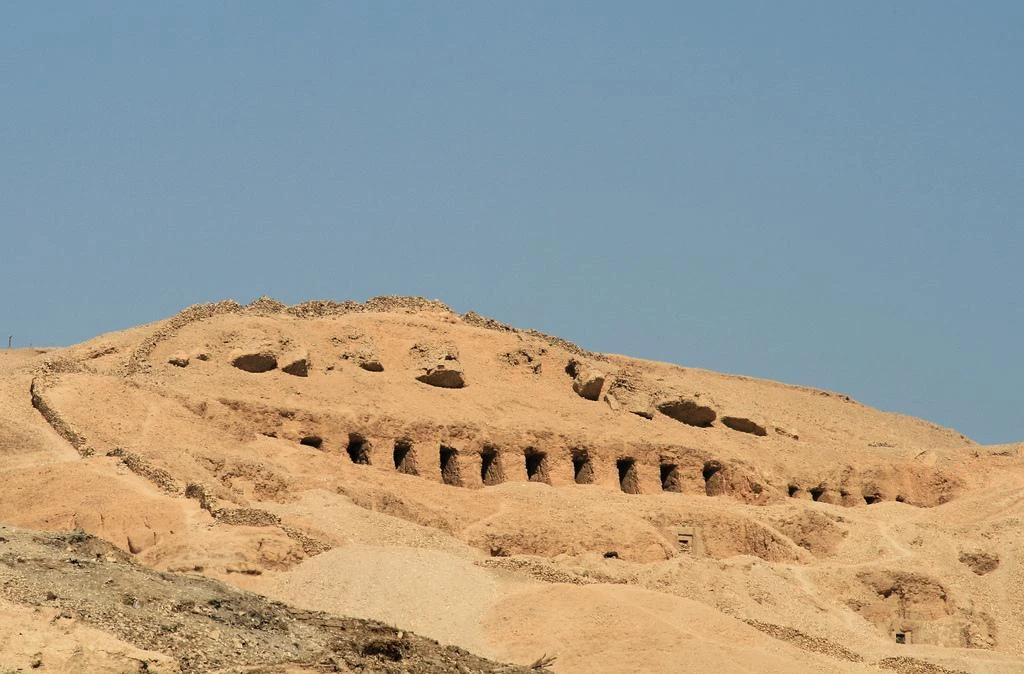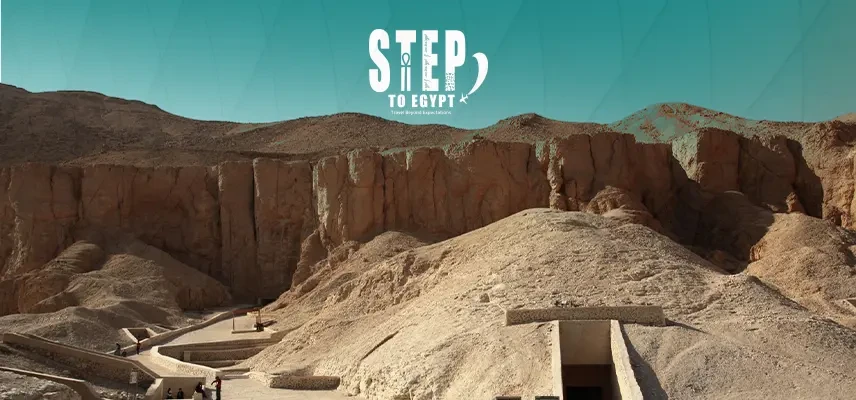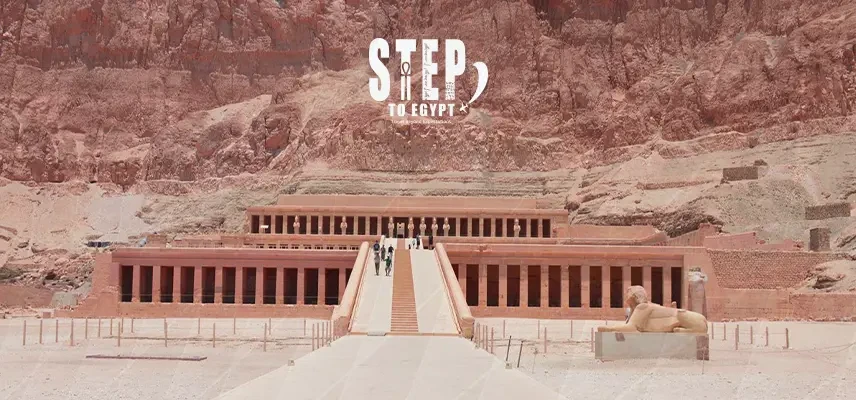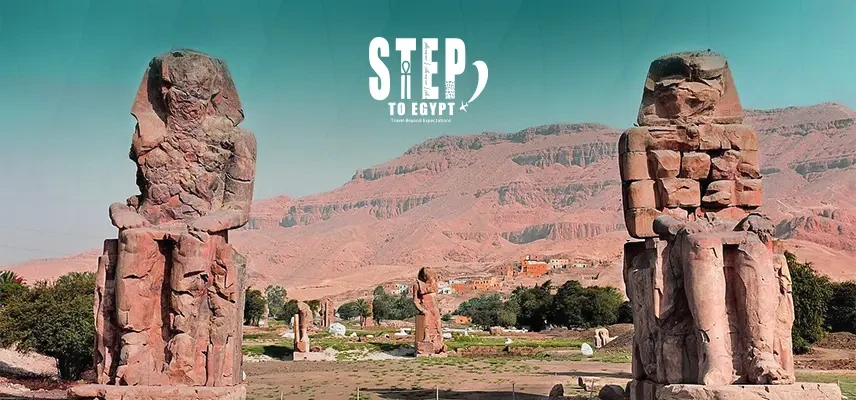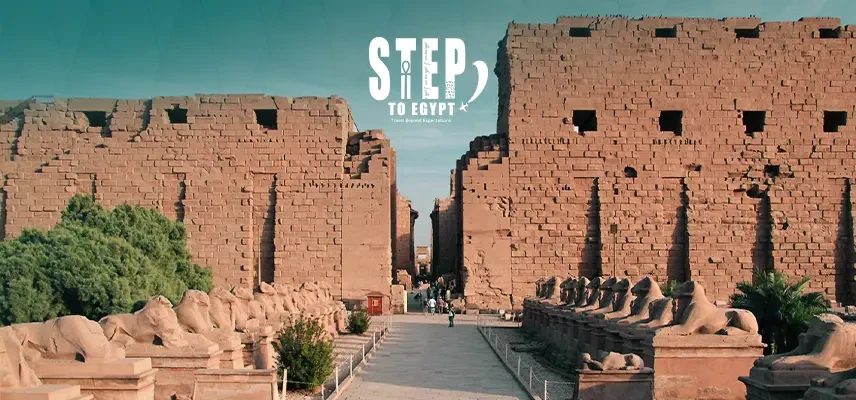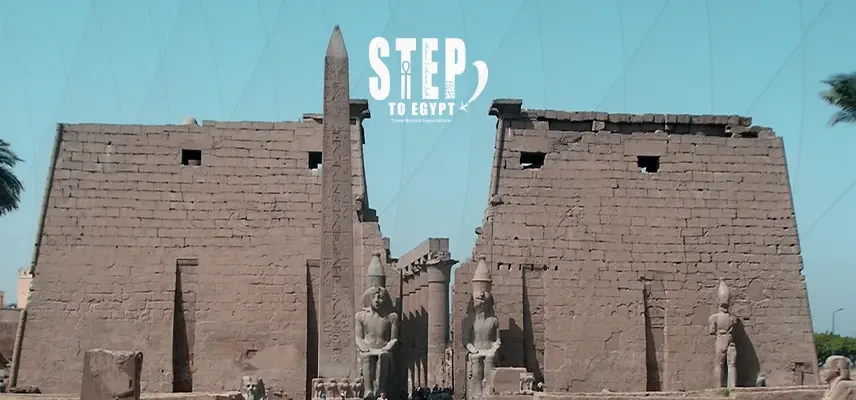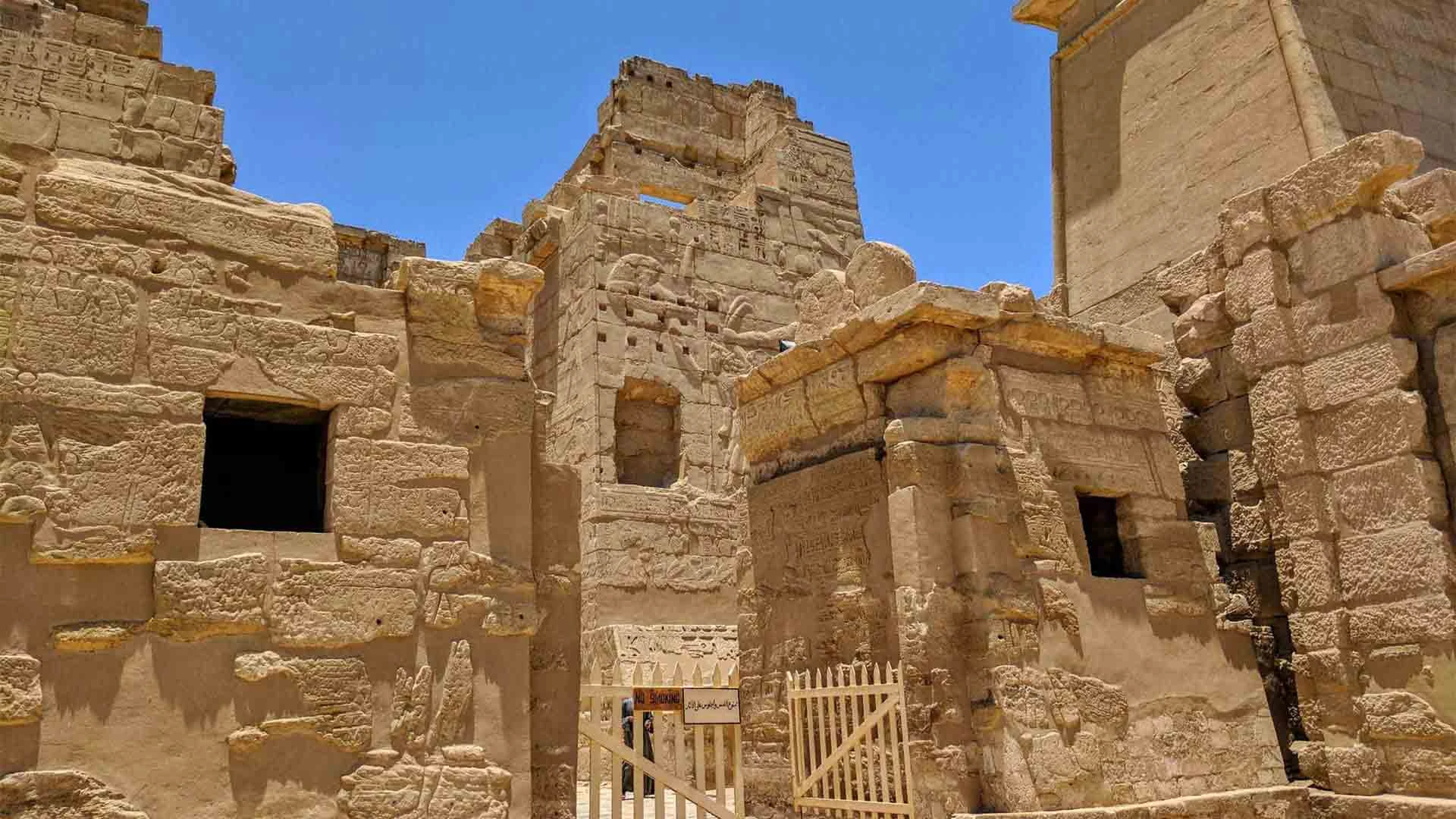
The Medinet Habu Funerary Complex is one of the best-preserved ancient sites in Luxor built over 3000 years ago and still has colorful reliefs and towering stone walls. Medinet Habu Luxor is located on the west bank of the Nile in the Theban Necropolis right near the Valley of the Kings and Valley of the Queens.
Are you looking for a lesser-known but amazing ancient site in Luxor? Medinet Habu temple might just be what your heart needs because this massive complex stands proudly on the west bank of the Nile and was the Mortuary Temple of one of Egypt’s last great pharaohs Ramesses III. If you are one of those who are interested in huge gates, colorful carvings & stories of iconic battles then visiting Medinet Habu temple Luxor is a must on your Egypt trips.
Every corner of the temple has a tale to tell and this guide will walk you through the full story behind one of Luxor’s most underrated wonders.

What Is Medinet Habu?
The Medinet Habu temple is one of the best-preserved ancient sites in Luxor that was built over 3000 years ago yet still has colorful reliefs and towering stone walls ... and although it is not as famous as Karnak or Luxor Temple in all Luxor day tours, many travelers consider it the highlight of their Egypt excursions!
The site includes the famous Mortuary Temple of Ramesses III along with smaller chapels and other structures and it was also used as a town and fortress long after the pharaohs were gone.

Who Built Medinet Habu?
This enormous complex was built by Ramesses III who ruled Egypt from 1184 to 1153 BC during the New Kingdom (here’s to mention that he was the last powerful king before Egypt began to decline). He modeled the temple after the Ramesseum the funerary temple of Ramesses II. And unlike the Ramesseum, however, Medinet Habu Ramses III still stands strong as one of the most complete temples in all of Egypt.

Where Is Medinet Habu Located?
You will find Medinet Habu Luxor on the west bank of the Nile in the Theban Necropolis right near the Valley of the Kings and Valley of the Queens. Transportation is easy with any of the trusted Egypt tour packages or a private car booked through a local guide. It is also a key stop on many Luxor and Aswan Nile cruises which making it a perfect break from boat rides and sunbathing.

What Is the History of Medinet Habu?
Before Ramesses III built his temple here, this spot was already sacred; a shrine from the 11th Dynasty once stood on the site and later expanded by Thutmose III and Queen Hatshepsut to honor the god Amun. Then over the centuries new buildings were added by different dynasties.
The temple eventually served as a walled town for local Egyptians and later Coptic Christians lived there turning parts of the temple into churches. These layers of history make Medinet Habu Egypt incredibly unique.

What Was the Purpose of Medinet Habu?
Many Egypt budget tours include this site for its deep cultural roots. Medinet Habu Funerary Complex was originally meant as a mortuary temple where priests could honor Ramesses III after his death but it had other roles too: it functioned as a military post, religious site, economic center & even a fortress. And during tough times locals used it for shelter because its strong walls offered safety and it remained a center of community life in western Thebes.

How Was Medinet Habu Constructed?
Medinet Habu is built on over 66,000 square meters and it is the second largest ancient temple in Egypt. Its design includes giant gates along with open courtyards, storerooms, temples & even houses for priests and officials. And there are wide courtyards and hypostyle halls with columns still showing traces of their original paint, all of this makes it a top stop on Egypt Family tours. Once there, you will enter through a massive stone gate that looks more like a Syrian fortress, and then you will immediately see its military influence.
This amazing site holds several temples such as the Temple of Amun, the Temple of Ay and Horemheb and the grand Temple of Ramesses III.

What Is Inside Medinet Habu?
Medinet Habu Funerary Complex has layers upon layers of meaning… so here’s what to expect:
- Syrian-style entrance gate: covered in carvings of battle victories
- Open courtyards: decorated with war scenes, gods & pharaohs
- Shrines: dedicated to Ramesses III, Ptah (and the sacred boats of Amun, Sokar & Monthu)
- Colorful reliefs: showing ceremonies, military wins and religious rituals
- Hypostyle Halls: with tall papyrus columns and chapels
- Second courtyard: transformed into a basilica during the Christian era
Some tomb chapels here belonged to royal women and priests, adding even more variety to what you will discover.

What Is the Temple of Ramesses III?
At the heart of Medinet Habu is the Mortuary Temple of Ramesses III stretching 150 meters long and was built to honor the pharaoh and celebrate his victories. It is built in a similar style to Ramesses II’s Ramesseum but this temple is far more intact.
The temple is surrounded by mudbrick walls and it features massive statues, colorful peristyle halls as well as massive courtyards. The Rameses III temple even includes a full list of pharaohs, religious festivals & battle victories carved right into its walls.

What Do the Reliefs at Medinet Habu Depict?
The artwork at Temple of Medinet Habu is like an open book about Egypt’s history; some walls show scenes of daily life, while others highlight battles and victories and rituals.
Here you will see:
- Battle of the Delta: Ramses III defeating the Sea Peoples
- Offerings to the gods: priests and kings honoring Amun-Ra and others
- Festival of Min: a fertility festival shown in stunning detail
Every image helps us understand more about the life and war and also beliefs in ancient Egypt… It is no wonder archaeologists have spent decades here exploring its secrets.

Who Were the Sea Peoples Mentioned at Medinet Habu?
One of the coolest parts of Medinet Habu Ramses III is the story of the Sea Peoples!
These were naval raiders who attacked many places across the Mediterranean around 1200 BC and caused chaos and helped end the Bronze Age. It will be amazing to live this adventure through the Nile in one of the Dahabiya Nile cruises. Ramses III fought and defeated them as shown in the carvings on the temple walls. These battles are some of the most detailed military records from ancient Egypt, so if you love ancient warfare or just cool historical facts… this site is GOLD.

What Are Some Facts About Medinet Habu?
Here are some awesome things to know about Medinet Habu Funerary Complex:
- The temple is one of the best-preserved in all of Egypt
- It was built on a site that had religious significance for over 1000 years
- It served as a fortress, religious site and a Coptic village
- The Medinet Habu ticket price is reasonable and worth every pound
- It still has bright colors visible on many reliefs… a rare find in Egypt

Why Should I Visit Medinet Habu Funerary Complex?
Medinet Habu Egypt offers something special for everyone who is into art, history, architecture or military legends. It is quieter than Karnak and not as crowded as Luxor Temple but it holds stories just as epic. Book a stop at Medinet Habu with Step To Egypt … and trust us, it is a step back in time you will never forget!
About The Author: STE Team

